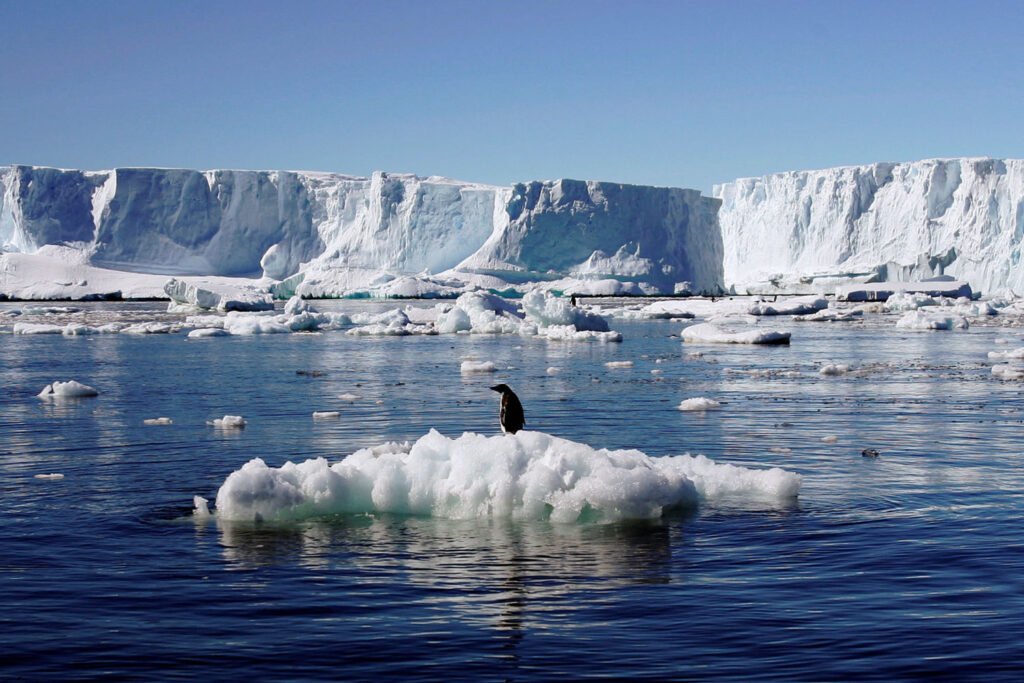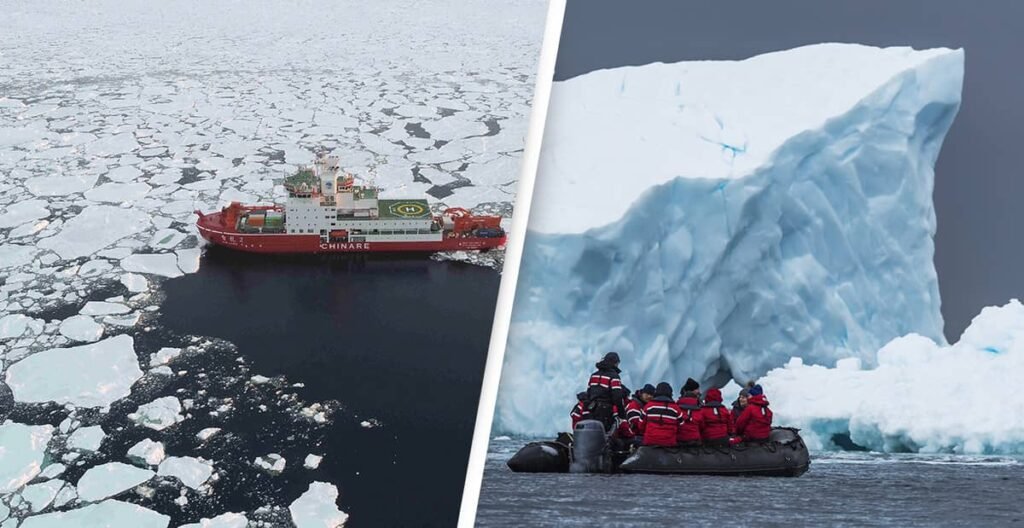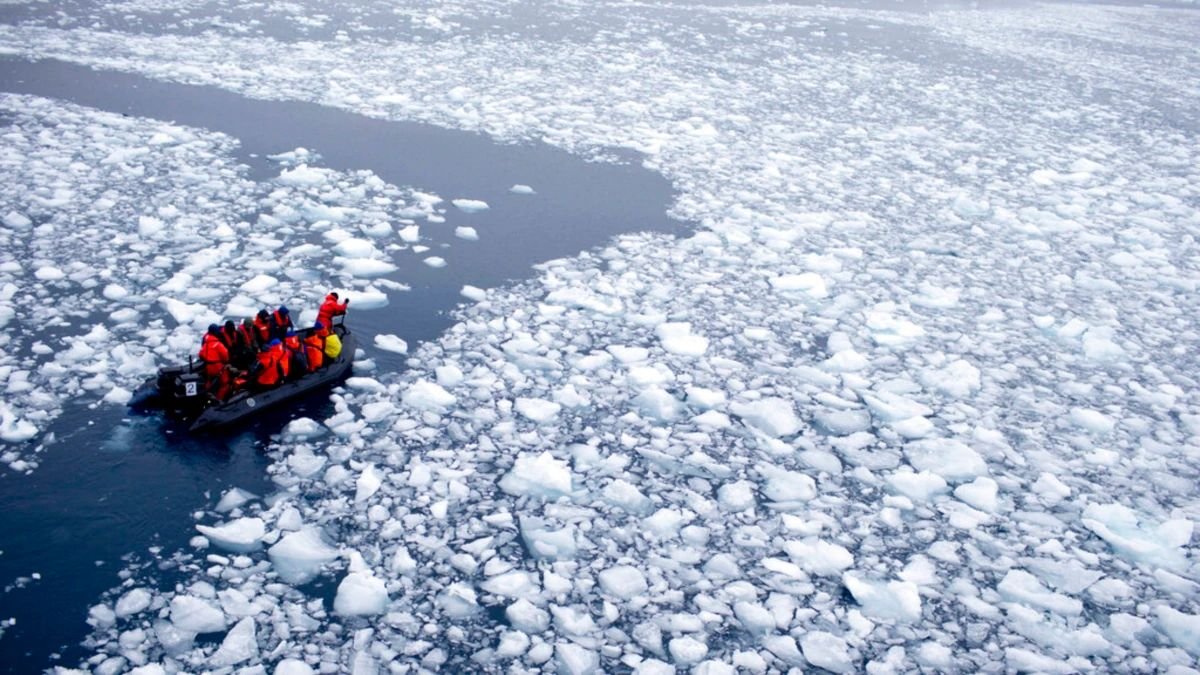Antarctica is the world’s highest, driest, coldest, windiest, and brightest continent. It is about the size of the United States and Mexico combined and is almost entirely covered by a covering of ice that averages more than one mile thick but may reach almost three miles in spots. This ice formed over millions of years as a result of snowfall.
According to NASA, the Antarctic ice sheet now comprises 90% of the ice on Earth and would raise global sea levels by more than 200 feet if it melted.

Many of the Earth’s climatic systems are influenced by Antarctica. Everything is just fine so long as the system operates properly. But what happens when it stops working? We are about to find out.
Using hot water, researchers recently bore a hole 30 centimeters wide through over 600 meters of ice. Their equipment revealed that there is a small layer of fresh water protecting the glacier from the warmer (relatively speaking) water beneath. As a result, the quantity of vertical ice loss was less than expected.

Nevertheless, Icefin revealed that the glacier’s underbelly is filled with fissures and crevices that resemble an upside-down stairway. Some of these cracks go deep into the glacier, making it unstable. The insulating effect of fresh water appears to be reduced in locations where cracks and gaps are present.
Climate researchers believe changes in wind patterns related to higher average global temperatures are driving a flow of warmer water into the Southern Ocean, which in turn is raising the temperature of the water beneath the ice floes of Antarctica.

Most of us don’t think about Antarctica very often. It’s a big lump of ice surrounding the South Pole. It’s been there for a long time and will be there for millions of years, right? According to the most recent studies, this is not the case. If all of Antarctica’s ice melted, sea levels would be 200 feet higher than they are now. If this happens, we’re in big danger…
Reference- NASA, Nature, National Geographic, Clean Technica, Discovery Channel






